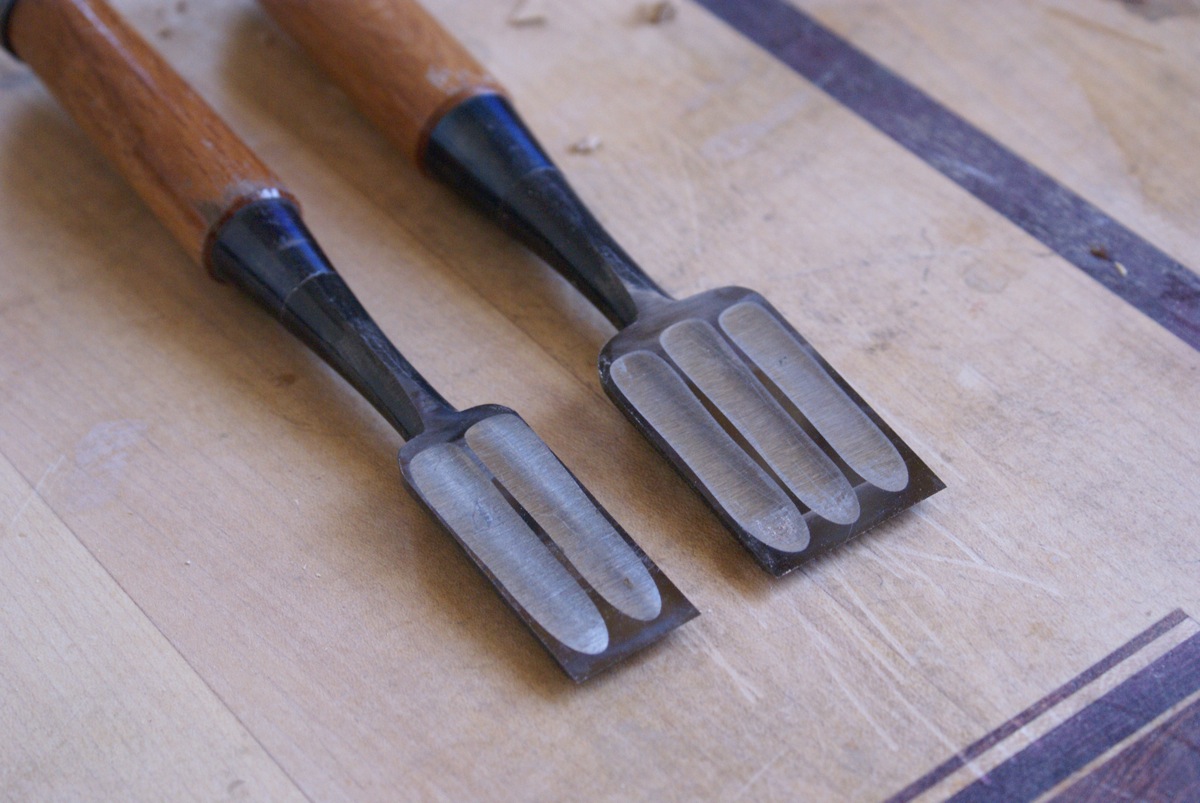The yakut has a flat face with a groove on one side, and a convex face on the other. This chisel grind thusly makes a knife specifically right or left handed. The hollow on the flat face makes the knife quick and easy to sharpen.
The handles are simple, usually pretty large, with an egg/oval profile.
I have never made a sharper knife. The ease of sharpening a convex chisel grind makes it simple to get a wicked sharp edge.
Below are a couple pictures of one of mine (made from an old file). I'm still learning to make these, so don't take mine as a historically accurate example, but I don't think I'm far off.


